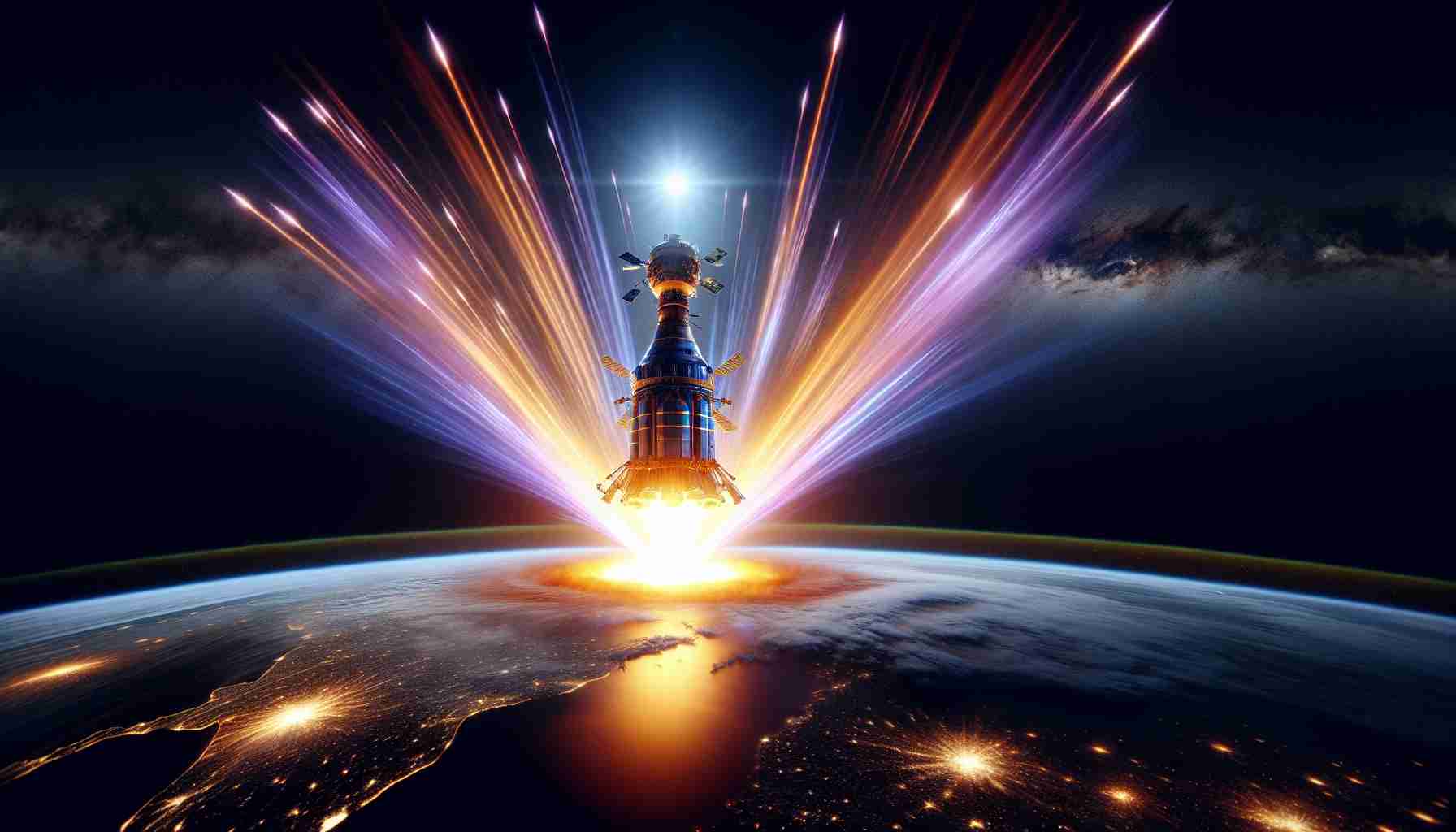
The Indian Space Research Organisation (ISRO) has announced the re-entry of the upper stage from the PSLV C-37 mission into Earth’s atmosphere on October 6, 2024. This mission, which took off on February 15, 2017, was notable for successfully launching 104 satellites simultaneously, a significant achievement in space exploration.
The main payload for this mission was Cartosat-2D, accompanied by a diverse group of 103 co-passenger satellites, including INS-1A, INS-1B, and multiple Lemur-2 satellites. After the satellites were deployed, the upper stage was deliberately left in orbit at an altitude of about 470 kilometers, where it was observed by US Space Command until its orbit began to decay.
ISRO’s monitoring systems accurately predicted the upper stage’s re-entry within a week of its expected timeframe, ensuring compliance with international space debris mitigation guidelines. As atmospheric drag diminished its orbital altitude, the object’s descent was closely tracked, confirming that it would ultimately re-enter over the North Atlantic Ocean.
Committed to sustainable space practices, ISRO has also been implementing strategies to decrease the orbital lifetime of future launch vehicle stages to below five years. By doing so, ISRO aims to further contribute to a cleaner and more sustainable space environment while adhering to the ongoing goals of their Debris Free Space Mission by 2030.
The Indian Space Research Organisation (ISRO) has marked a pivotal achievement with the successful controlled re-entry of the upper stage from the PSLV C-37 mission on October 6, 2024. This mission, which took place on February 15, 2017, not only set a record by launching 104 satellites but also showcased ISRO’s commitment to increasing the safety and sustainability of space activities.
During the PSLV C-37 mission, the primary payload was Cartosat-2D, with a significant variety of co-passenger satellites contributing to diverse fields, including communication, earth observation, and academic experiments. Notably, this launch included satellites from foreign nations, further establishing ISRO’s reputation as a reliable launch service provider and a collaborative space agency.
One key aspect of the successful re-entry involved advanced tracking systems employed by ISRO, which augmented traditional methods by incorporating enhanced predictive modeling tools. These enabled the agency to forecast the upper stage’s descent with remarkable accuracy, paving the way for a better understanding of re-entry dynamics and enhancing future debris mitigation efforts.
What are the most important questions surrounding ISRO’s re-entry of PSLV C-37?
1. How does this achievement impact space debris management?
– The successful re-entry of PSLV C-37’s upper stage demonstrates ISRO’s proactive approach to space debris management and showcases their commitment to international guidelines to minimize long-term orbital waste.
2. What technological advancements facilitated this re-entry?
– Innovations in tracking and modeling algorithms, alongside improved thermal protection systems, played crucial roles in achieving a controlled entry rather than uncontrolled atmospheric re-entry, which can be hazardous.
Key Challenges or Controversies
While ISRO has made significant strides, challenges remain. The increasing congestion in low Earth orbit (LEO) raises concerns over both operational satellite collisions and debris generation. There are ongoing debates regarding the responsibility of nations in space traffic management and whether additional regulations are necessary to manage a sustainable orbital environment.
Advantages of Controlled Re-entry
– Environmental Responsibility: Reduces risks associated with uncontrolled re-entries, thus contributing to a cleaner space environment.
– Technological Innovation: Encourages the development of advanced tracking and re-entry technologies, which can be leveraged in future missions.
– International Collaboration: Strengthens partnerships with other space-faring nations by demonstrating a commitment to global best practices in space safety.
Disadvantages of Controlled Re-entry
– Resource Intensive: Requires significant investment in technology and monitoring systems, which may strain budgets.
– Potential for Failure: Despite advanced predictions, controlled re-entries carry risks, including potential impact locations which might not always align with expectations.
In summary, ISRO’s success in controlled re-entry of the PSLV C-37’s upper stage exemplifies the organization’s dedication to sustainable practices in space. This achievement not only enhances ISRO’s reputation but also brings to the forefront the vital discussion on managing space debris for the benefit of future generations.
For more information about ISRO and its missions, visit the official website: ISRO.



